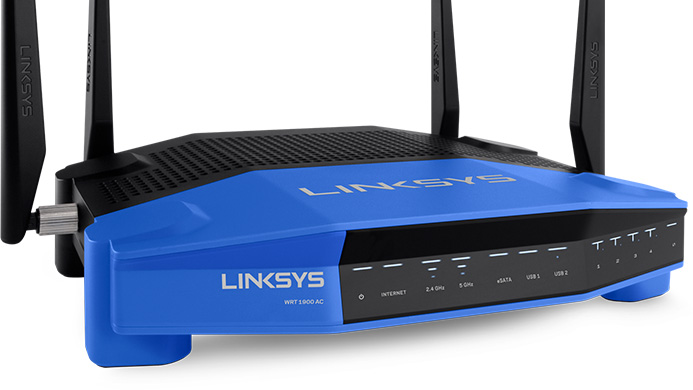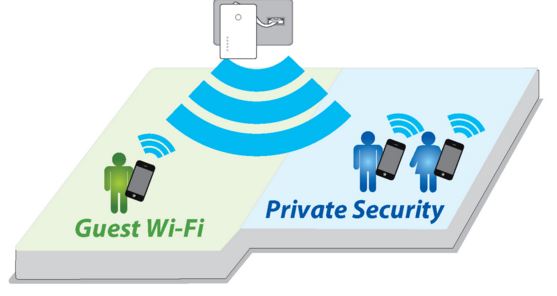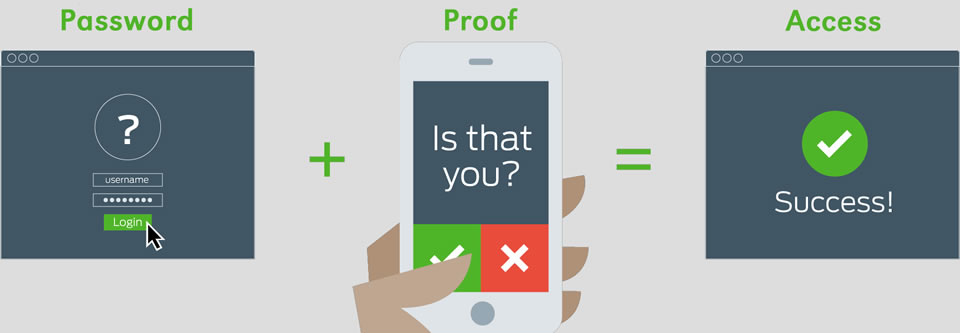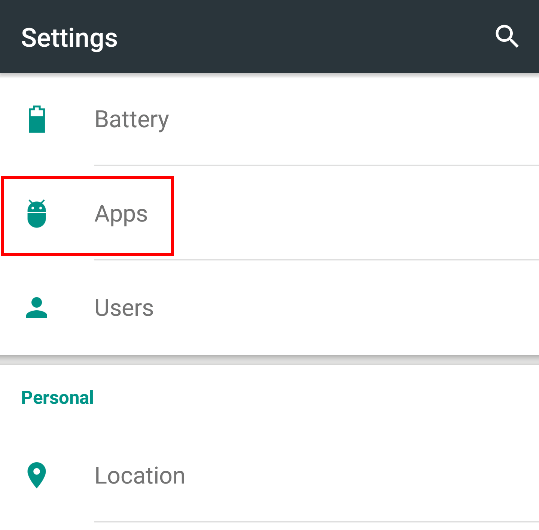With the ever-increasing surge in smart home technology, most consumers expect that their smart door locks, cameras, and alarm systems will be hack-proof. Much has already been documented about this, but have you ever thought about how secure your smart oven is? Or how someone can hack into your connected home via your connected light bulbs? This opens the question: how do you make your home hack-proof when so many devices and gadgets are connected through one Wi-Fi network?
Secure your router

For starters, be sure to lock down your router.Serving as the digital doorway to most homes, a poorly-secured router can allow an online attacker to easily access every home automation device in your network. Users should invest in a router with a good security track record, change the default admin password, and make sure it’s running the most up-to-date firmware.
Keep your networks separate

Fortunately many modern wireless routers allow you to set up multiple access points off the same device. It’s wise to have one dedicated to your home automation system or your TV connection, and then another for your computers and smartphones. Be sure to give each network a separate password, so that if someone manages to steal your network password from your laptop, they won’t also be able to access your connected-home devices.
Set up two-factor authentication

Setting up two-factor authentication is simple but worth it. Basically, what this means is that when someone tries to log onto an account from a new location, such as from a different computer or new phone, they’ll also have to enter a code that’s sent to a trusted device. By doing this, you’ll receive a message with a number you must enter if you want to log into your Facebook account using a different computer, or if you want to reset your password on your Gmail account, for example. If your social media platforms, email providers, bank websites, and other personal accounts don’t offer two-factor authentication, it’s highly recommended that you move to a service that does.
Update the applications you use

Home automation companies test their programs for bugs or weaknesses that hackers can take advantage of. Oftentimes applications are updated to patch up any issues, so be sure you install any updates as soon as possible in order to prevent hackers from taking advantage of weaknesses in the system.
Be aware of the data each device captures

If your TV is equipped with a camera that’s facing outwards, giving a view of your entire living room or bedroom, know that whenever you deploy something with a camera or sensors in your home, you’re raising your risk of unauthorized access. And because security systems often know when you’re home and when you’re out of the house, be sure any cameras are pointed only at the specific areas you’re concerned about.
Have any tips to share? Leave a comment below.
Advertisement
Learn more about Electronic Products Magazine





